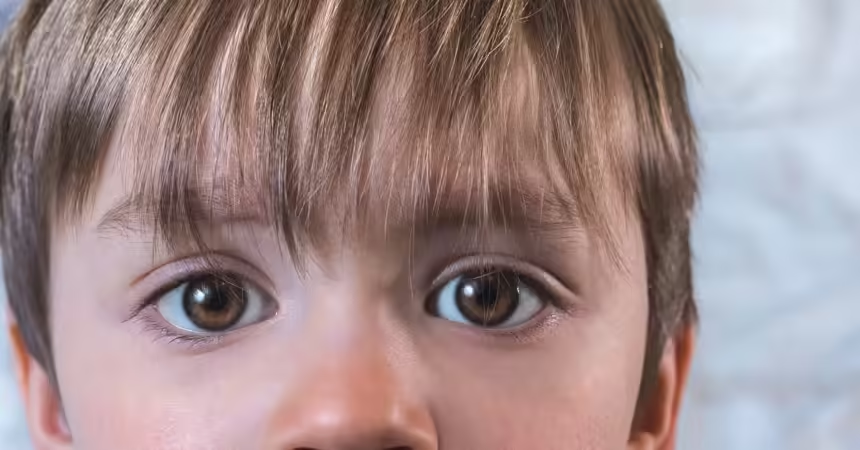Children’s whole growth and well-being depend on their receiving appropriate eye care. Learning and social contact depend much on good eyesight, which influences not just academic success but also self-esteem. Frequent eye exams may assist in identifying eye problems in children and abnormalities early on, therefore guaranteeing prompt treatment and lowering the risk of long-term conditions. Safeguarding children’s eye health has never been more crucial given the increasing usage of digital gadgets.
The Common Culprit
Among the many eye diseases that could afflict young children, conjunctivitis—also known as pink eye—stands out as the most frequent. The thin, translucent layer called the conjunctiva borders the inner of the eyelid and covers the white portion of the eye; it is an inflammation of this tissue. Bacteria, allergies, or irritants may all cause it.
Causes of Conjunctivitis
Knowing the reasons for conjunctivitis can enable one to avoid and control this prevalent sickness as well as ensure efficient eye care for kids. The primary factors are:
- Usually connected with colds, viral conjunctivitis is very common and may quickly spread in childcare facilities and schools.
- Usually brought on by Staphylococcus or Streptococcus germs, bacterial conjunctivitis calls for antibiotic therapy.
- Reactions to pollen, dust mites, pet dander, or another allergy cause allergic conjunctivitis—which results in itchy, watery eyes.
- Irritants, including smoking, chlorine in swimming pools, or other substances, could irritate and inflame the conjunctiva.
Symptoms to Look Out for
Early identification of symptoms will enable one to seek the appropriate kid’s eye care and stop its spread. Typical indications are:
- White of the eye or inner eyelid redness.
- Enhanced tearing.
- Especially after sleep, thick yellow discharge that crusts across the eyelids causes itching or burning eyes.
- Foggy vision.
- More light sensitivity.
Stop Conjunctivitis
Reducing the prevalence of conjunctivitis among youngsters mostly depends on prevention. These useful guidelines will assist in maintaining their eyes in good condition:
- Promote consistent hand washing to help reduce the germs’ spread.
- Instruct young people not to contact their eyes with dirty hands.
- Make sure personal stuff like pillows and towels aren’t shared.
If a kid exhibits conjunctivitis symptoms, keep them home from daycare or school to stop the illness from spreading to others.
Seeking Counsel: Treatment
Should a kid exhibit symptoms of conjunctivitis, a healthcare professional must be seen. Treatment changes based on the source of the infection. While bacterial infections can need medication, viral conjunctivitis often clears on its own. Antihistamines and avoiding allergens help control allergic conjunctivitis.
The Extended Influence
Although conjunctivitis is usually not severe, untreated recurrent infections may lead to problems. These might be more serious infections or damage to the delicate eye tissues. Timely and suitable therapy is thus very essential.
To preserve children’s eye health, thus, knowledge of and control of conjunctivitis is very vital. Parents may assist in guaranteeing that their children’s eyes remain healthy and their vision remains clear by encouraging excellent cleanliness and early symptom recognition.






